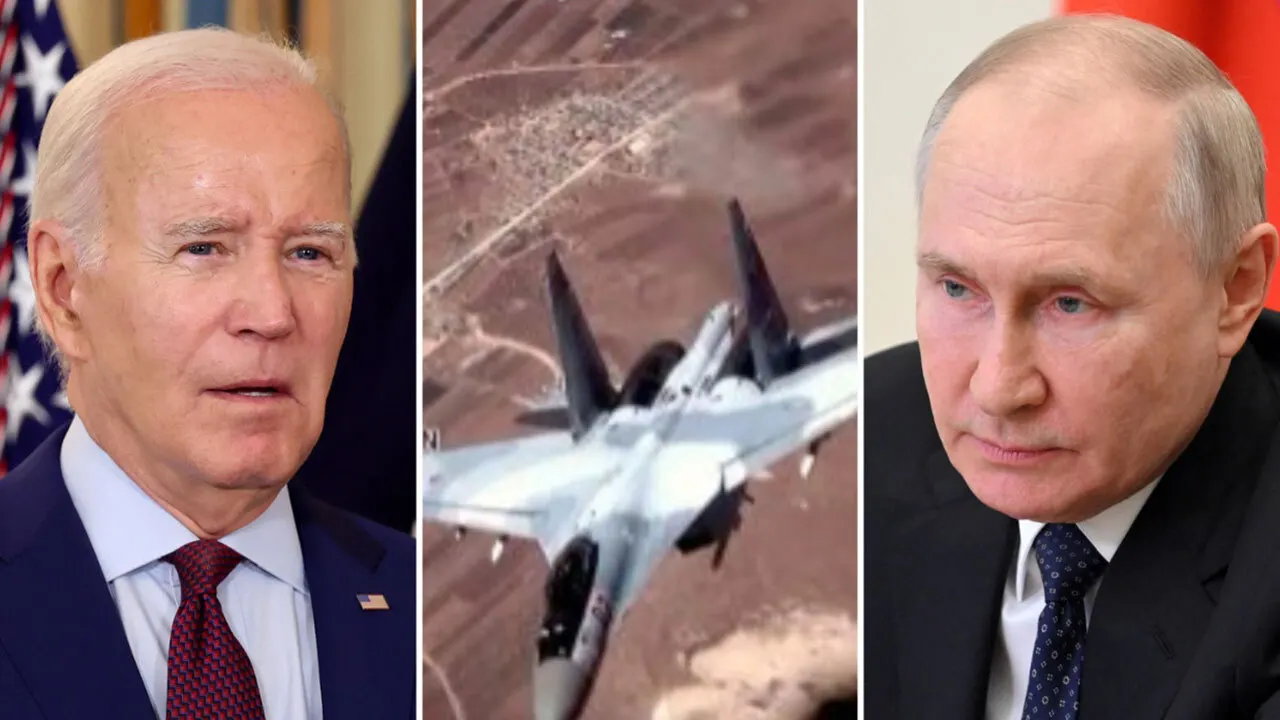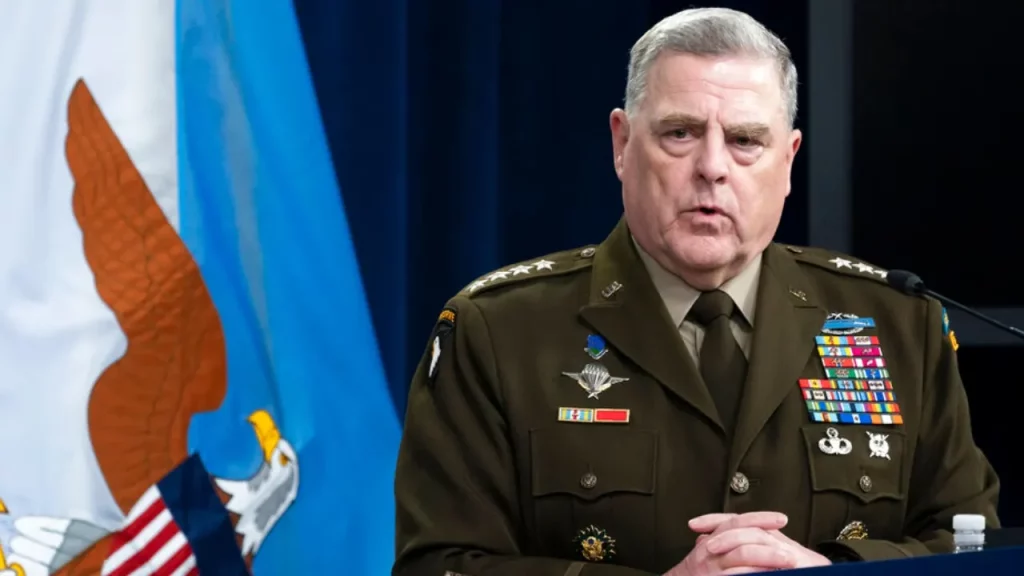Russian forces have interrupted multiple US operations

U.S. forces in Syria have continued to harass U.S. forces and interfere with American operations, engaging in “unprofessional” conduct that the United States has been unable to stop.
“The Russians are clearly harassing U.S. efforts, such as surveillance and military efforts, inside Syria,” Bill Roggio, managing editor of Long War Journal, told Fox News Digital. In order to gain further prominence in Syria, the Russians are trying to pressure the United States to leave Syria.
The Pentagon says Roggio’s comments come just days after a Russian fighter jet buzzed a U.S. surveillance plane over Syria, putting the lives of the four American crew members in danger.
It was just the latest in a string of incidents in Syria in which Russian troops have pushed their American counterparts to the limit without seeming to care about the consequences. A Pentagon report released earlier this month showed Russian aircraft flying close to and deploying flares around multiple U.S. drones. U.S.-operated MO-9 Reaper drones were forced to take evasive action after Russian SU-35 fighters flew right into their flight paths earlier that day.
Pentagon later revealed that the harassed drones were the same aircraft used on the day before’s strike in eastern Syria that killed ISIS leader Usamah al-Muhajir.
In two more incidents this month, Russia flew an intelligence mission over a U.S. military garrison and intercepted an MQ-9 drone the same day that a Russian aircraft flew over the al-Tanf garrison, which houses U.S. Forces in northern Syria, violating the deconfliction line agreed by the two countries.
The National Security Council told Fox News Digital that Russia’s recent actions violate “established protocols and international norms, endangering both U.S. and Russian personnel.
“Russia’s unannounced and uncoordinated reconnaissance flight on Friday morning underscores its unprofessional and dangerous behavior in Syria,” said the spokesperson. Russian fighter jets harassed U.S. drones during a routine mission against ISIS targets two weeks ago. Multiple flares were dropped and afterburners were engaged directly in front of U.S. aircraft, creating unsafe turbulence and hazards which forced our aircraft to take evasive actions.”
Several incidents followed Russia’s high-profile downing of an American drone over the Black Sea in March, when a Russian fighter aircraft bumped the drone, sending it tumbling to the ground.
As a result of the string of incidents, U.S. military officials have urged Russian forces to “cease this reckless behavior and follow the standards of behavior expected of a professional air force, so we can refocus on the enduring defeat of ISIS.”

Lt. Gen. “The U.S. Air Forces Central remains committed to ensuring the safety and security of its personnel and assets and continues to work closely with partners and allies to address these incidents and prevent any escalation of tensions in the region,” said Lt. Gen. U.S. air component commander Alexus Grynkewich, commander of the 9th Air Force, Command Central. All forces operating in the region must conduct themselves professionally and responsibly in order to ensure the safety of military personnel and the success of the mission against ISIS.
Mark Milley, chairman of the Joint Chiefs of Staff, downplayed the string of incidents this month when asked if more troops would be sent to the region to deter Russian aggression.
Milley told reporters that there has been an increase, but it shouldn’t be overstated. In my opinion, our forces have adequate rules of engagement and authorities to defend themselves.
According to Roggio, the U.S. can do little to deter Russian actions, as any direct engagement could escalate the conflict.
According to Roggio, there are not many options available. You can deploy F-16s and F-22s in the air, but if the Russians ignore them, there is not much they can do, aside from jamming the Russian aircraft, shooting across the bow. But that is very risky.
